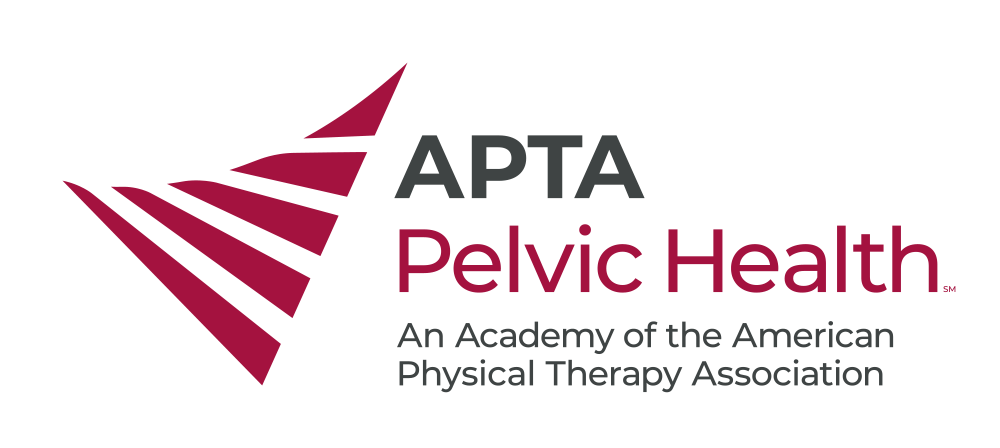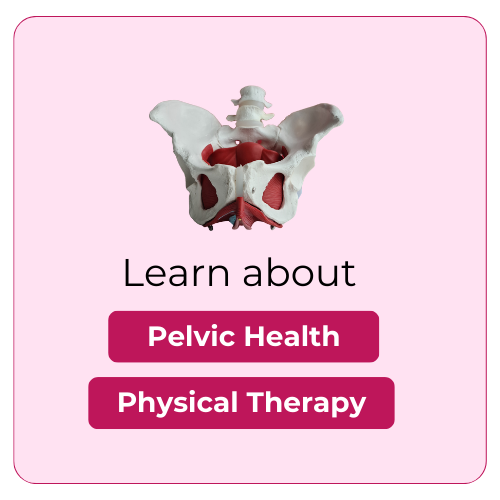Unlock Your Pelvic Floor Power: A Journey of Empowerment and Awareness
Unlock Your Pelvic Floor Power: A Journey of Empowerment and Awareness
The pelvic floor is a crucial part of women's health, yet many women lack basic knowledge about this vital area of their bodies. This education gap can lead to significant health issues that affect daily life, self-esteem, and overall well-being. By understanding the pelvic floor, women can empower themselves to take charge of their health, seek appropriate treatment, and make informed lifestyle choices.
Additionally, there are common misconceptions about pelvic floor health that can be disproven through education. They include the belief that pelvic floor issues are an inevitable part of aging, the misconception that only women who have given birth experience pelvic floor problems, and the lack of awareness about the availability of effective treatments for pelvic floor dysfunction.
The Need for Awareness
Here are the top 10 questions commonly Googled about pelvic floor health. This demonstrates that some of the basic background information is widely unknown and highlights the need for greater awareness:
- What is the pelvic floor?
- How do I know if my pelvic floor is weak?
- What are the signs of pelvic floor dysfunction?
- How can I strengthen my pelvic floor muscles?
- What exercises are best for the pelvic floor?
- Can pelvic floor exercises help with incontinence?
- What is pelvic floor therapy?
- How long does it take to strengthen the pelvic floor?
- Are Kegel exercises effective for everyone?
- Can pregnancy affect my pelvic floor?
These questions reflect a widespread lack of understanding about a part of the body that significantly influences women’s daily lives.
Pelvic Floor 101: Your Most Googled Questions Addressed
- 1. What is the pelvic floor?
The pelvic floor is a group of muscles and tissues that support the bladder, uterus, and rectum, playing a key role in urinary and bowel control, as well as sexual function.
- 2. How do I know if my pelvic floor is weak?
Signs of a weak pelvic floor may include urinary incontinence, difficulty controlling bowel movements, pelvic pain, or pain during intercourse.
- 3. What are the signs of pelvic floor dysfunction?
Symptoms can include incontinence, pelvic pain, pressure or heaviness in the pelvic area, and issues with sexual function.
- 4. How can I strengthen my pelvic floor muscles?
Pelvic floor exercises, particularly Kegel exercises, involve tightening and relaxing the pelvic muscles. Regular practice can help strengthen these muscles.
- 5. What exercises are best for the pelvic floor?
Kegel exercises are highly recommended, but other activities that strengthen your hips such as deep squats, bridges, and leg lifts can also help engage the pelvic floor and contribute to overall strength.
- 6. Can pelvic floor exercises help with incontinence?
Yes, pelvic floor exercises can improve muscle strength and coordination, often reducing urinary incontinence.
- 7. What is pelvic floor therapy?
Pelvic floor therapy involves physical therapy techniques tailored to address pelvic floor dysfunction, including exercises, manual therapy, and education.
- 8. How long does it take to strengthen the pelvic floor?
The time varies by individual, but consistent practice of pelvic floor exercises typically shows improvement in 4 to 6 weeks.
- 9. Are Kegel exercises effective for everyone?
While Kegel exercises are effective for many, they may not be suitable for all women, especially those with certain pelvic conditions. Consultation with a healthcare professional is advised.
- 10. Can pregnancy affect my pelvic floor?
Yes, pregnancy can put added pressure on the pelvic floor, potentially leading to weakness or dysfunction due to hormonal changes and the physical demands of carrying a baby.
Empowerment Through Education
Educating women about the pelvic floor is crucial for several reasons:
- 1. Improved Health Outcomes:
- Understanding how the pelvic floor functions enables women to recognize symptoms early and seek appropriate care. By learning about the pelvic floor, women can better understand their bodies and how lifestyle choices, such as diet, exercise, and stress management, can influence pelvic health. Early intervention can prevent the progression of issues like incontinence or pelvic pain, leading to better long-term health outcomes.
- 2. Enhanced Quality of Life:
- Knowledge can alleviate fears and misconceptions about pelvic health. Women who understand their pelvic floor are more likely to engage in preventive measures, such as regular exercises or pelvic floor therapy, leading to improved strength and function. This empowerment can translate into greater confidence in daily activities, from exercise to intimacy, ultimately enhancing their overall quality of life.
- 3. Informed Decision-Making:
- Education equips women with the tools to make informed choices regarding their health. Whether it's deciding on treatment options for pelvic floor dysfunction or choosing exercises that support pelvic health, having reliable information allows women to advocate for themselves in healthcare settings. This knowledge fosters a sense of agency and encourages women to ask questions and participate actively in their health journeys.
- 4. Breaking the Stigma:
- Open discussions about pelvic health can help dismantle the stigma surrounding these often-taboo topics. By fostering an environment where women feel comfortable discussing pelvic issues, we can create a culture of support and understanding. This shift can lead to increased awareness and acceptance, encouraging more women to seek help and share their experiences, ultimately normalizing conversations about pelvic health.
- 5. Community Support and Resources:
- Education creates opportunities for women to connect with others facing similar challenges. Support groups, workshops, and online forums can provide valuable resources and a sense of community. Sharing experiences and strategies can empower women to feel less isolated in their struggles, reinforcing the importance of community in navigating pelvic health issues.
Taking Action
The American Physical Therapy Association’s Pelvic Health Section is committed to providing resources and support for women seeking to learn more about their pelvic health. Here are some steps women can take to empower themselves and others:
- Educate Yourself:
- Seek out reliable resources such as books, reputable websites, and online courses focused on pelvic health. Consider attending workshops or webinars led by pelvic health professionals. Understanding the anatomy and function of the pelvic floor is the first step toward empowerment.
- Talk to a Professional:
- If you have concerns or symptoms related to pelvic health, consult a healthcare provider specializing in this area, such as a physical therapist or gynecologist. They can provide personalized assessments and treatment plans tailored to your needs. Don’t hesitate to ask questions and express your concerns—advocating for your health is crucial.
- Practice Pelvic Floor Exercises:
- Incorporate pelvic floor exercises into your routine. Get assessed by a pelvic health specialist and see what exercises can provide the most benefit for your body.
- Join a Support Group:
- Connecting with others who have similar experiences can provide emotional support and practical advice. Sharing stories can help reduce feelings of isolation and create a sense of camaraderie.
- Share Knowledge:
- Empower others by sharing what you learn about pelvic health. Start conversations with friends and family to raise awareness and normalize discussions around pelvic issues.
- Advocate for Change:
- Support initiatives that promote pelvic health awareness and education. By raising your voice, you can contribute to a larger movement toward improved pelvic health education for all women.
Conclusion
Understanding the pelvic floor is essential for every woman. By prioritizing education and awareness, we can empower women to take control of their health and well-being. The pelvic floor is not just a set of muscles; it is an integral part of life that deserves attention, care, and respect. Let’s start the conversation today and ensure that every woman knows the importance of her pelvic health!

Author: Kelley Urionaguena, PT, DPT, 2024 CAPP Scholarship Recipient
Author Bio: I have been a physical therapist for 6 years and my background started in orthopedics. Then I got pregnant, ended up having a c-section, and then went through postpartum. I noticed the consistent trend that women don’t receive good advice about physical activity, pelvic floor issues, or how to rehabilitate the body after experiencing such drastic changes during these specific seasons of our lives. So, I’ve spent the last 2 years finding the answers to women’s health questions, especially during pregnancy and postpartum, and then trying to share that with other women. I currently have a mobile practice that caters to the physical therapy needs of women.
Connect With Kelly: @sparksmobilept



